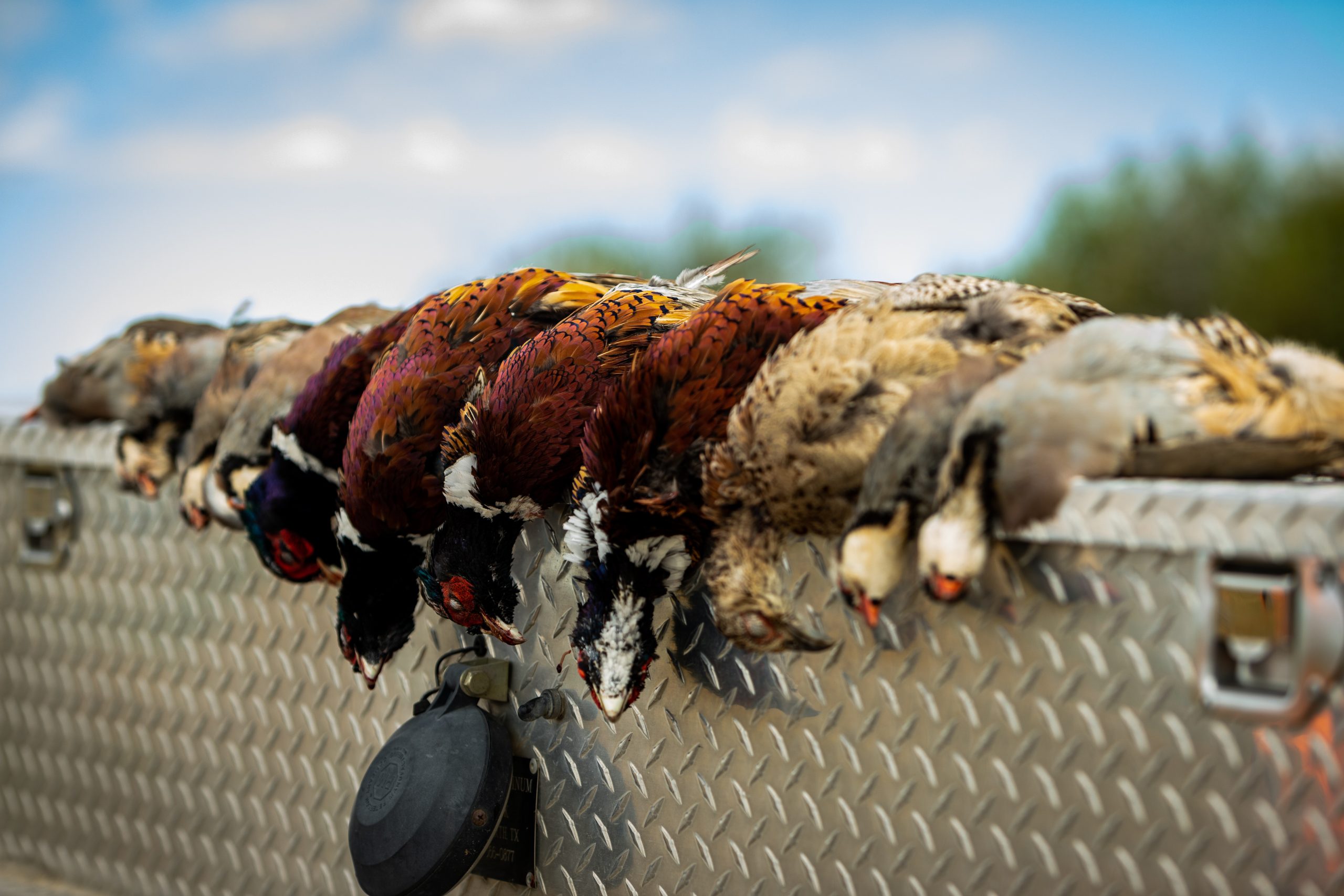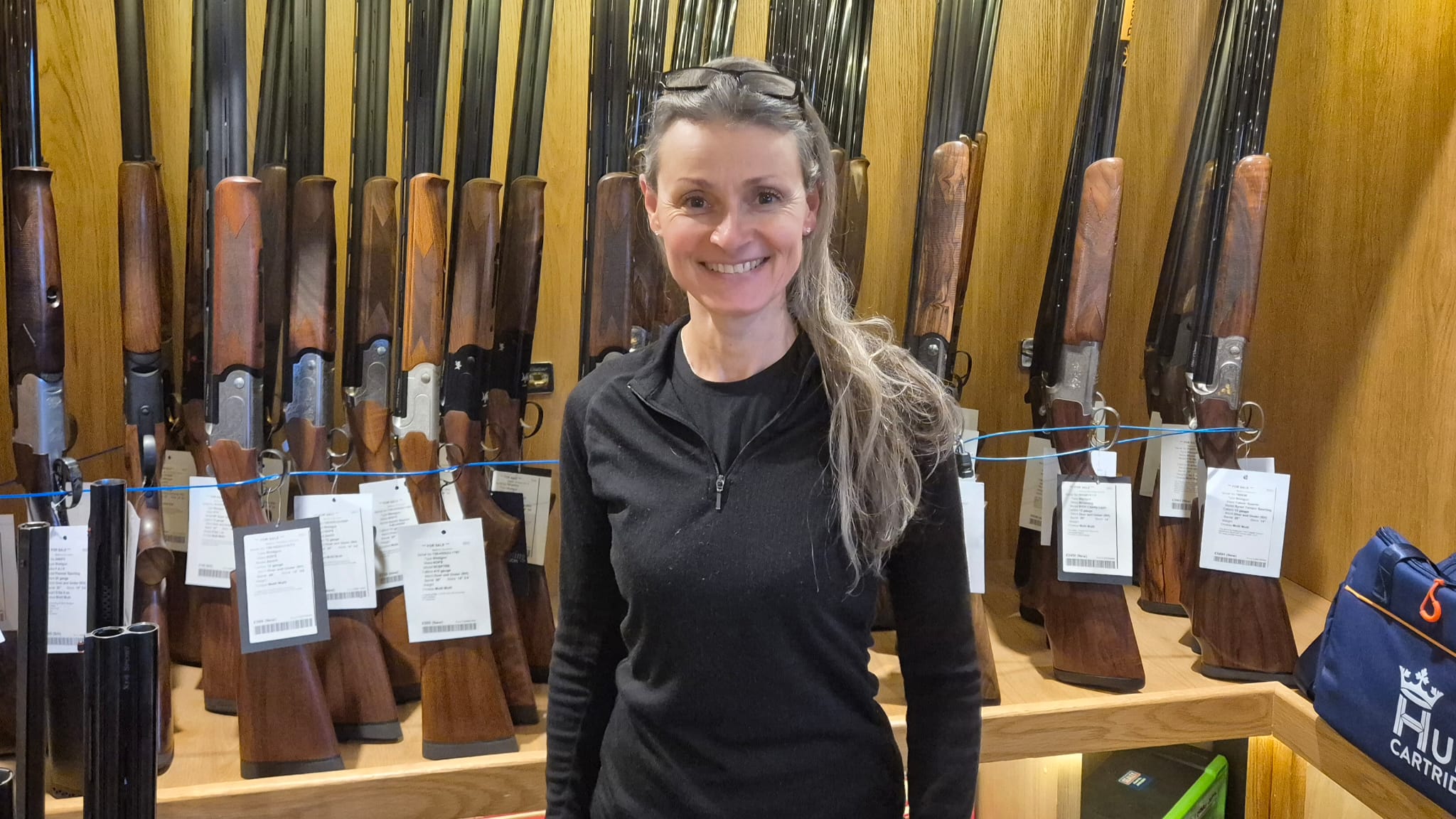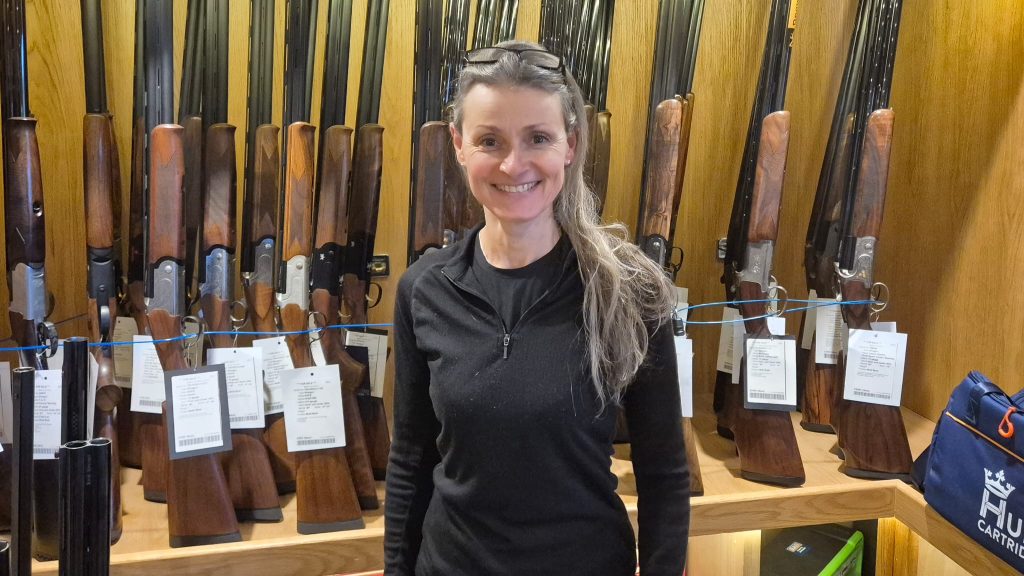New Years Eve Monster
Roy rounded of his 2011 foxing in great style by shooting what could be Britains largest fox…
In the last few weeks of 2011 the foxes on the land that I shoot over had been given some respite as I had been away on a hunting trip to Scotland and then visited Abu Dhabi for the Falconry Festival and it seems no matter where you go foxes are a popular topic of conversation.
On speaking to some of the Emirates we found common ground not only about falconry but also discussing red fox control. It seems that even in the harsh, inhospitable conditions of the desert Charlie is thriving and causing problems for a lot of other wildlife.
On returning home just before Christmas I made plans with a good friend, who has been shooting with me most of the season, to spend a couple of evenings trying to catch up with a few of our more elusive customers. Although we recognise a few foxes that we have not managed to account for yet, there were two in particular we were both keen to put in the bag.
The first evening out I was after a fox that we had nicknamed “Bob”. We first came across him as a grown on cub, just after harvest. He was unfortunately educated by us one evening when we shot the rest of his litter mates. He was the fourth juvenile that was coming in alongside one of his brothers into the call on that particular spot, but after seeing the others drop he made good his escape. The reason he was nicknamed Bob was because he was missing half his tail, so that it looked like he had a “bobtail”, so obviously he was easily recognisable.
We had seen him a few times on that particular farm but every time the view was of his short tail as he disappeared into a spinney or patch of cover when the lamp was put on him. I always make a point if I know where a lamp shy fox sits up of flashing the lamp past him from a distance, just to let them become more accustomed to it. Occasionally it does pay off and they sometimes linger for that second fatal look, when curiosity gets the better of them.
Bob did not make it easy for me. We pulled into the field where Bob’s eyes could normally be seen for a split second, which was normally no more than 50 yards from cover, but this time as we swung the lamp through he was a good 300 yards away from sanctuary, but sure enough he high tailed it as soon as the we illuminated his position. I whispered to Ian, who was on the lamp, to follow him as I was contemplating taking a running shot out of desperation.
He was running right to left across us to get back to the spinney but I knew that he was going to have to slow down as he approached the sheep fencing, either to go under it or jump it. Amazingly, just before he got to the fence, he must have felt a little bit more comfortable as he had put a reasonable distance between us and him, curiosity got the better of him and I saw his eyes light up in the scope. The report of the rifle sounded and Ian started laughing, saying he thought I had missed. Initially, when we got to the fence line I could not see any sign of my short-tailed tormentor at which point the leg pulling started! Luckily though, with another flick of the lamp we picked up the unmistakable white underbelly and short tail laid out in the grass.
With Christmas out of the way we decided to have one last crack to see if we could account for a few more foxes as we were so very close to 300 for the 2011 season. We decided that it would be good to escape from our families for a few hours on New Year’s Eve as there was a small farm that had been having chickens taken. I wanted to arrive about an hour before dusk as there was a fantastic vantage point sitting on top of a bank looking down towards the woodland where we knew the foxes had always come from. The fox we were after was one that had come to the call a month or two previously but never broke cover, I only got a glimpse of him from about 40 yards off as he made our calling position and melted back into the cover.
The foxes all around this area had been calling and mating for a little while so I decided to play a vixen call about 10 minutes before dark. But unfortunately nothing stirred. With the dusk drawing in I knew we would not have long with the lamp before premature fireworks started to erupt, both literally and figuratively if we did not get back to our respective families.
As we drove over the brow of the hill we spotted a set of eyes sitting in front of an old oak, in front of a patch of briar, I immediately put the scope on the eyes and hesitated as I could not quite believe what was in front of me.
As he was only about 80 yards off there was no problem confirming that it was a massive silver coloured dog fox and not a German Shepherd! As I clicked the safety off I could see the fox starting to move off into the briar so I quickly squeezed off a shot and down he went.
Ian passed the lamp to me so he could pick his way through the brambles to go and retrieve the fox. As he got over to the “silver lump” he shouted – “you are not going to believe how big he is” – he was right!
On getting him home we took a few measurements and I still cannot believe that a fox can reach these proportions. He weighed in at just over 35.5 lbs, was 1m 30cm from tip of nose to tip of tail and would have stood at over 50cm at the shoulder.
I have shot and trapped foxes since I was a teenager but it seems, in the last few years, that we are getting more and more of these larger foxes cropping up. I do not know if it is down to the fact that more fox control is being done by sporting riflemen rather than professionally employed keepers and as a sporting shooter we pay more attention to the large and unusual, as opposed to a keeper that would quietly dispose of the creatures not wanting to create a fuss. Or are foxes simply adapting to an easier lifestyle and like the fantastic opportunists and survivors they are, managing to capitalise with more individuals reaching their full potential? And if you shoot one bigger, please do let us know





